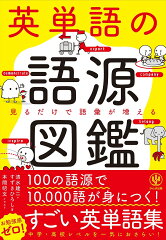Japanese page
Characteristics of nutrients
- About 57% are bones and 40% are in organs and muscles
- 3% exists in extracellular fluid and blood
- Accounting for about 0.1% of total body weight
- A ratio of 2 to 3 of calcium is ideal for magnesium 1
- Middle-aged and elderly people tend to be deficient as their absorbency from food falls
- Large amounts of magnesium emissions increase with alcohol intake
Function of nutrients
- Nutrients to help the function of enzymes
- Nutrients indispensable for maintaining health
- Protein synthesis and energy metabolism, muscle contraction
- Work on blood pressure adjustment, body temperature adjustment, blood glucose level adjustment, etc.
- Maintenance of cardiac function (blood pressure etc.)
- Control of neurotransmission
When nutrients are deficient
- Become tired easily
- Concentration lack, chronic fatigue, depression, anorexia, cardiovascular disease
- Diarrhea
- Hypocalcemia
- Muscle cramps
- osteoporosis
When nutrients overdose
- Do not worry about overdose with normal diet
- Nausea and thirst, diarrhea
Food that contains a lot of Magnesium
| Foodstuff | Ingredient per 100g (mg) |
| sesame (roasted) | 360 |
| Almond (roasted) | 310 |
| Groundnut (roasted) | 200 |
| dried young anchovies | 190 |
| Dried tomatoes | 180 |
| blue sprat | 170 |
| sea-cucumber | 160 |
| fried-tofu | 110 |
| natto | 100 |
| Yuba( fresh) | 80 |
| short-neck-clam | 79 |
| Beef Jerky | 54 |
Summary
- Magnesium is necessary to preserve bone health
- Magnesium is distributed in all cells
- The Japanese is short of magnesium
- Magnesium is discharged in the urine by stress and becomes deficient
- Ingest 1: 2 ratio of magnesium and calcium
- Magnesium often works with vitamin B6
- Be careful with overdose in supplements

